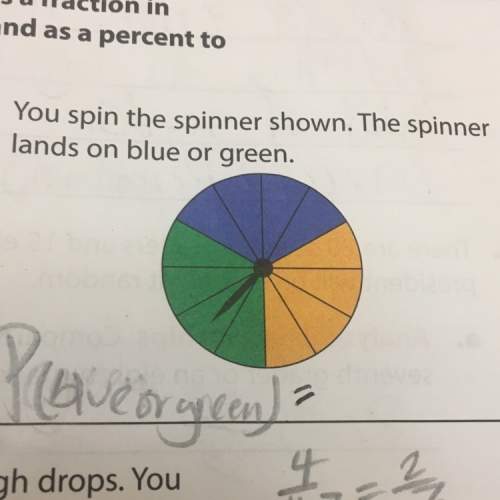
Mathematics, 15.04.2020 03:28, oshawn108
Prove the following statement using mathematical induction. Do not derive it from Theorem 5.2.1 or Theorem 5.2.2. For every integer n ≥ 1, 1 + 6 + 11 + 16 + + (5n − 4) = n(5n − 3) 2 . Proof (by mathematical induction): Let P(n) be the equation 1 + 6 + 11 + 16 + + (5n − 4) = n(5n − 3) 2 . We will show that P(n) is true for every integer n ≥ 1. Show that P(1) is true: Select P(1) from the choices below. P(1) = 1 1 = 1 · (5 · 1 − 3) 2 1 + (5 · 1 − 4) = 1 · (5 · 1 − 3) P(1) = 1 · (5 · 1 − 3) 2 The selected statement is true because both sides of the equation equal the same quantity. Show that for each integer k ≥ 1, if P(k) is true, then P(k + 1) is true: Let k be any integer with k ≥ 1, and suppose that P(k) is true. The left-hand side of P(k) is and the right-hand side of P(k) is . [The inductive hypothesis states that the two sides of P(k) are equal.] We must show that P(k + 1) is true. P(k + 1) is the equation 1 + 6 + 11 + 16 + ⋯ + (5(k + 1) − 4) = . After substitution from the inductive hypothesis, the left-hand side of P(k + 1) becomes + (5(k + 1) − 4). When the left-hand and right-hand sides of P(k + 1) are simplified, they both can be shown to equal . Hence P(k + 1) is true, which completes the inductive step. [Thus both the basis and the inductive steps have been proved, and so the proof by mathematical induction is complete.]

Answers: 1
Other questions on the subject: Mathematics

Mathematics, 21.06.2019 14:20, hipstersale4913
Zahra was given two data sets, one without an outlier and one with an outlier. data without an outlier: 15, 19, 22, 26, 29 data with an outlier: 15, 19, 22, 26, 29, 81
Answers: 3

Mathematics, 22.06.2019 01:30, kadinmorgan
Acell phone company offers two plans to its subscribers. at the time new subscribers sign up, they are asked to provide some demographic information. the mean yearly income for a sample of 40 subscribers to plan a is $45,000 with a standard deviation of $9,200. for a sample of 25 subscribers to plan b, the mean income is $64,300 with a standard deviation of $7,100. at the 0.025 significance level, is it reasonable to conclude the mean income of those selecting plan b is larger? assume unequal population standard deviations. hint: for the calculations, assume the plan a as the first sample. what is the decision rule? (negative amount should be indicated by a minus sign. round your answer to 3 decimal places.) compute the value of the test statistic. (negative amount should be indicated by a minus sign. round your answer to 2 decimal places.) what is your decision regarding h0 ? reject h0 fail to reject h0 compute the p-value. less than 0.01 between 0.01 and 0.025 between 0.025 and 0.05 between 0.05 and 0.10 greater than 0.10
Answers: 3


Mathematics, 22.06.2019 06:20, wrivera32802
Pqrs is an isosceles trapizoid and s =31 fimd p
Answers: 2
Do you know the correct answer?
Prove the following statement using mathematical induction. Do not derive it from Theorem 5.2.1 or T...
Questions in other subjects:


Mathematics, 21.01.2020 12:31

Geography, 21.01.2020 12:31



Mathematics, 21.01.2020 12:31










